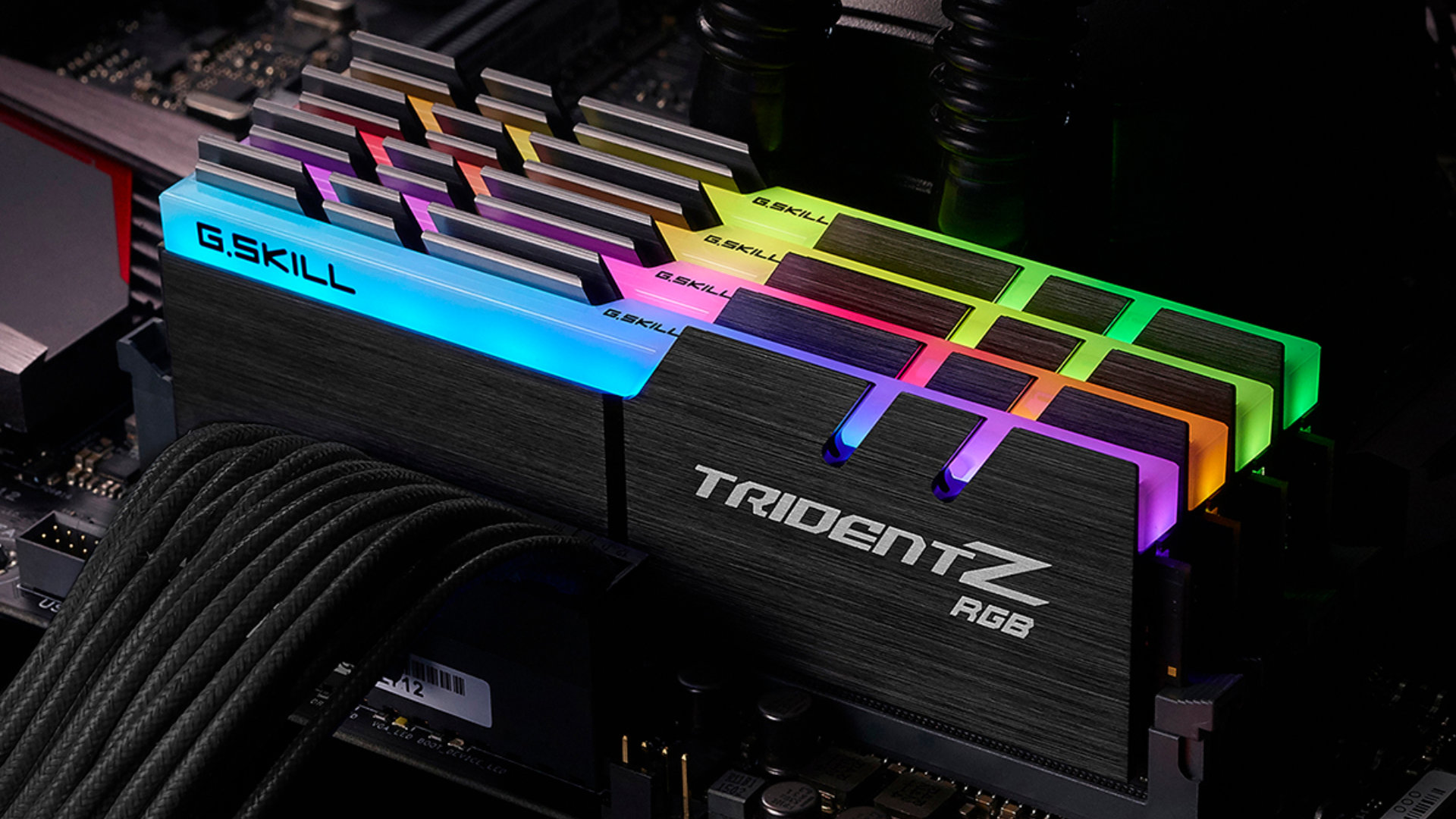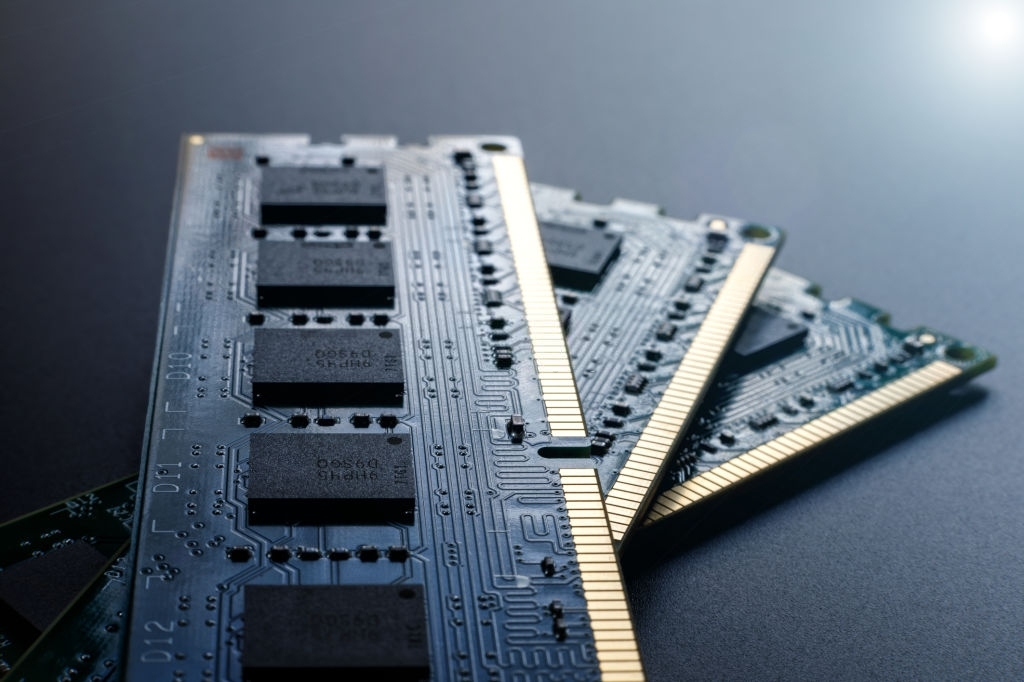How to Choose the Perfect Ram for Your Desktop or Laptop?

Every component of your computer is important, complex, and has more specifications than most people know. RAM or RAM is no exception to this. In general, people know that "more RAM is better," but that's not the extent of that. It is also not always accurate. Let's take a look at what you need to know about choosing the right RAM for your computer.
If you are looking to upgrade the RAM in your current PC, see our article on determining the type of RAM you have so you know what to upgrade from.
Physical Form Factor
Did you know that the RAM in a desktop computer will be different from the RAM in a laptop? RAM modules will be found as DIMMs, which stands for "Dual Inline Memory Module". There are several different types of DIMMs on the market:
- UDIMM tends to be the most common type of RAM module in the PC market, with U standing for Unbuffered and/or Unregistered. In general, if RAM is listed as just a "DIMM", it is probably a UDIMM.
- SO-DIMM is the second most popular type of RAM, because it's what you'll need for laptops. SO stands for "small schema", and it basically says it's a DIMM, but it's smaller. SO-DIMM can also be offloaded, as mentioned above, and it should be what you'd expect for a laptop's RAM.
- MicroDIMM is similar to the above, but smaller than SO-DIMM. These types of RAM modules are much less common than both types mentioned above, but certain laptops or other smaller computing devices may benefit from them.
DDR
Modern RAM comes with different numbered DDR IDs. For better or worse, this has nothing to do with Dance Dance Revolution. In random access memory (RAM), DDR stands for "dual data rate", with the appended number (as in "DDR4") denoting the creation of this dual data rate standard. Early computer random access memory was usually just referred to as DRAM, which stands for dynamic random access memory. Most DRAM is still functional, only with better circuit designs that enable the memory to run more quickly and at a higher capacity. First, they added a clock signal interface so that dynamic memory could synchronize with other parts of the system, which became known as SDRAM. Then DDR was developed to double the amount of data bandwidth available to the rest of the devices and to you as their user.
From there came DDR2, then DDR3, and now most current devices use DDR4 RAM. DDR5 already exists as a memory standard, and you might find it mentioned in graphics cards, but DDR5 RAM modules weren't quite ready for the market at the time of writing this article. Whatever the case, your motherboard and CPU are going to be the main determinants of the type of DDR RAM you need for your computer, so get familiar with these specifications before choosing your RAM.
Capacity
This is the part that many people know: more RAM is good, less RAM is bad. RAM capacity is the main specification that people look for when buying. In general, having 8GB of RAM will provide a better computing experience than having 4GB of RAM. Video games will include RAM capacity in the recommended system requirements. Different programs will have their own minimum requirements for available memory. This is all capacity.
However, you cannot buy as much RAM as possible. A 32-bit process and operating system can only use up to 4GB of memory, so the extra RAM on such a system is effectively wasted. Most modern systems are 64-bit, which can theoretically handle up to 4 petabytes of memory, although most modern PC CPUs tend to be limited to anywhere between 32GB and 256GB of memory. As mentioned above, you'll want to refer to your CPU and motherboard specifications to determine how much RAM your system can handle - and then follow the "more is better" ordinance with the goal of getting to the higher end of those specs.
Speed
This is the aspect of RAM that gets a little complicated. There are two main factors behind what makes RAM so fast: frequency and timing.
The first is the frequency of the RAM, which is usually referred to as the speed. When looking at RAM products, you may find them listed as DDR4-3200 or DDR4 2666MHz. These four-digit numbers are the frequency of the RAM. Your memory is constantly doing reading and writing cycles with your currently loaded data, and this frequency refers to the number of times per second the memory goes through this cycle. DDR4-3200 stands for a frequency cycle of 3200MHz, which translates to about 3.2 billion read/write cycles per second. So, in general, higher frequency is better, but note that some CPUs and motherboards may not support some frequencies effectively, and may require more research if you are looking to maximize performance. In addition, the price of high-frequency RAM tends to rise very quickly.

Then there is timing, also known as column reach strobe response time or CAS latency, which is the measurement of the delay between RAM modules receiving a command from the CPU and RAM actually executing that command. CAS response time is usually listed as a series of numbers, such as 18-22-22-42, which actually refers to a series of timing values beyond just the CAS latency. Usually the timing order is CAS Latency - row address to column address delay - row pre-shipment time - row active time. Basically, lower numbers are better. There's more depth to go into here, but overall, timing differences won't have much of an impact on your experience with modern auto-detect settings and onboard memory controllers and CPUs.
If you're intrigued by the idea of overclocking your RAM, but are intimidated by the difficult manual process, you might want to look into something called XMP support. You can read more about XMP in our article on how to enable XMP.
Channels
Think of memory channels as the roads between the CPU and RAM. With only one penguin, there are only too many vehicles to move on at once. Once the road gets too crowded, it becomes a blockage for those trying to get between these two points. The same goes for memory channels on your motherboard - a super-fast CPU and high-powered RAM on a single channel can cause that channel to become a choke point for your computer's performance. Most CPUs can support two or four memory channels, and compatible motherboards tend to accommodate this with available RAM slots. In order to use multiple channels, you will need more than one RAM. In the case where you have an amazing CPU and amazing RAM, it is usually better to use a 16GB dual channel RAM kit, which is two 8GB RAM with identical performance, rather than a single stick of 16GB RAM 16 GB random access. The downside here though is that if you only have two slots of RAM, upgrading your RAM capacity will mean replacing the entire RAM, rather than just adding another stick of RAM if you only have one One with a capacity of 16 GB.
Additionally, when it comes to having RAM on matching channels, it is better to use RAM that has identical frequency and timing performance. The RAM running together on the matching channels must be synchronized with each other. If its frequency and timing are asynchronous, RAM measures performance for synchronization. Hence, it is better to have multi-channel kits for better performance results.
Other specifications
There are a few other RAM specifications that can be useful to know.
- ECC: Error checking and correction. ECC is a potential RAM feature that introduces a step into the RAM module that allows it to check the data it's dealing with and make sure it's correct and contains no errors. ECC is an amazing solution to reduce data/memory errors, but it also slows things down. Most consumer RAM does not include ECC, but if you are working with a scientific high-computing system, you may want to consider ECC on your RAM.
- Recorded/Unrecorded or Buffered/Unbuffered: This is loosely mentioned above in the section on physical form factors. “Registered” and “stored” are interchangeable terms here. Traditional consumer RAM would be unregistered. Registered RAM is usually found including the ECC features mentioned above, as it will be an even more important feature for servers or other systems that use an incredibly large amount of RAM. Registered RAM helps carry some of the load that normally falls on the memory controller with unregistered RAM, allowing the motherboard to support larger amounts of RAM.
- Voltage: For most modern computers, you probably don't have to worry about excessive voltages. It's a specification to help gauge how much power RAM needs to operate, and it's an important specification for speed-cutters and those who build very special systems that have very narrow power requirements.
- Thermal Diffuser: Like any hard-working part of your computer, RAM needs cooling. For most systems, typical case cooling is sufficient for RAM modules. For high-performance RAM, you will usually find that it includes a heat spreader on the RAM stick to aid in the cooling capabilities. Heatsink is another effective term for heatsink.
Height: This is a physical measurement of a RAM stick, indicating its length. The vast majority of computers don't need to worry about normal RAM height, but if you're working on a small sized PC, you may want to double check your RAM height profile, as it's probably the tallest piece in your build Little.
Aesthetics
Both form and function matter! RAM is getting more and more attention from its manufacturers to better support the overall look of your device. Many high-performance RAM kits, especially those aimed at gamers, tend to include stylish-looking heat diffusers and even multi-colored LEDs so you can build in with something that really shines.
Bottom Line
To sum up, choosing the right combination of RAM for your computer will be a matter of matching the physical form factor of the DIMs, the type of DDR, and the amount of RAM capacity (in gigabytes) you're looking at. Additionally, looking at memory frequency, timings, and channels can help you get maximum RAM performance for your budget. Whatever you do, please don't try to download more RAM.
IF you would like to Buy Best quality of RAM for your business don't forget to shop from this RAM.
Recent Posts
-
How to Choose a Best Graphics Card?
Next to the CPU, the GPU has the biggest impact on the performance of a gaming computer. The GPU con …6th Sep 2023 -
How to Choose a Best Gaming Processor?
Getting a new gaming PC is exciting. Whether you're building one yourself or buying one of the …14th Nov 2021 -
How to Choose the Perfect Ram for Your Desktop or Laptop?
Every component of your computer is important, complex, and has more specifications than most …14th Nov 2021




